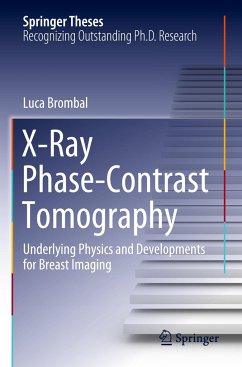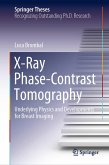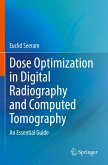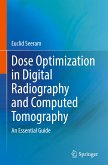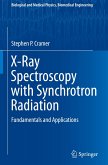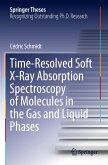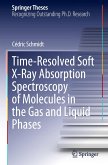X-ray imaging is a corner stone of breast cancer diagnosis. By exploiting the phase shift of X-rays rather than their attenuation, phase-contrast tomography has the potential to dramatically increase the visibility of small and low contrast features, thus leading to better diagnosis. This thesis presents research on the first synchrotron-based project developing a clinical phase-contrast breast computed tomography (CT) setup at Elettra, the Italian Syncrotron Radiation Facility. This book includes a comprehensive theoretical background on propagation-based phase-contrast imaging, exploring and extending the most recent image formation models. Along with theory, many practical implementation and optimization issues, ranging from detector-specific processing to setup geometry, are tackled on the basis of a large number of experimental evidences. Most of the modelling results and data analysis have general validity, being a valuable framework for optimization of phase-contrast setups. Results obtained at synchrotron are also compared with "real world" laboratory sources: both a first-of-its-kind comparison with one of the few hospital breast CT systems and a state-of-the-art implementation of monochromatic phase-contrast micro-tomography with a conventional rotating anode source are presented. On a more general level, this work sheds a light on the importance of synchrotron-based clinical programs, which are key to trigger the long-anticipated transition of phase-contrast imaging from synchrotrons to hospitals.
Bitte wählen Sie Ihr Anliegen aus.
Rechnungen
Retourenschein anfordern
Bestellstatus
Storno

